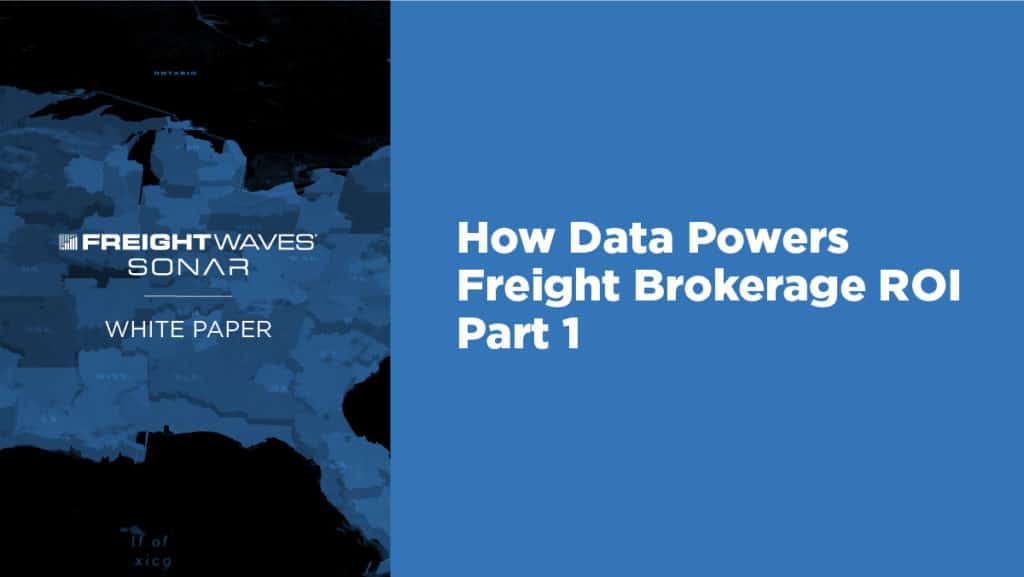Freight management teams spend many resources responding to delays, issues, customer needs, data and marketing trends and shifting conditions with supply and demand. Descriptive analytics are a powerful tool for managers that allows them to track existing inventory supply and automatically notify others of any potential shortage in available inventory and more. That functionality allows the freight management party to notify a customer of an issue, request additional inventory to avoid shipping delays before the loads must roll and reroute shipments to avoid other obstacles like road closures.
However, that all depends on knowing what happened and when. And that’s the value of descriptive analytics. Thus, shipping managers and providers need to know a few things about why descriptive analytics are essential to all modern supply chains.
These days, many companies ignore the benefits of robust, descriptive-analytical data because they are more focused on the future than improving what happened in the past. Remember the saying that history tends to repeat itself? That’s what happens. This backward focus means missed opportunities as descriptive analytics work by using historical data to track and reveal what’s happening more accurately.
Using historical data, freight managers can identify when more inventory, human resources, trucks and revenue may be needed. That kind of analysis creates a stronger level of supply chain agility. But a failure to use descriptive shipping data analytics will inevitably result in simply trying to plan for what’s happening tomorrow without considering what happened to bring about the current state of your supply chain.
When it comes to supply chain management, the most important thing freight shippers must ensure is that orders are fulfilled accurately and shipped quickly. Descriptive analytics track the existing network supply and use past data to realize what areas of improvement may exist.
Past mistakes, shortcomings, missed deadlines, delays, customer complaints and other useful data afford insight into the current state of things. And learning from the past is easier when you have a clear record of how those mistakes impacted the supply chain, ROI, throughput and customer satisfaction.

While knowing what happened is great, it’s not always easy to see through the mountain of freight data to really recognize what or why it happened. Imagine this scenario. One hundred shipments arrive late. Of those, three result in additional delays in final mile delivery. However, the last-mile delivery was provided by an outsourced partner. Then, two result in returns due to the delayed delivery. And sadly, a company can only see that data when the customer calls in to submit a returns management authorization (RMA).
Unfortunately, it becomes more problematic when that does not come to light for weeks after presumed customer delivery. That’s why it’s essential to use analytics to know what happened, not just when a problem finally matures and causes a notable exception. According to Inbound Logistics, “obtaining a lot of data does not guarantee the ability to understand better what is happening in the supply chain. A good descriptive analytics strategy lets you easily use the data to drill down to meaningful details.” For that reason, supply chain managers need descriptive analytics in freight. And here are a few tips to help make it easier to utilize this powerful tool:
Being able to accurately see shifts in supply and demand, as well as being able to better plan for different outcomes, allows freight managers to develop smarter strategies within the network. All analytics types, including descriptive analytics, rely heavily on statistical techniques. While traditional statistical analysis focuses more on simply reviewing and analyzing past data, a better approach applies that data to understand what happened, why, its impact on the future and the steps needed to achieve the best result.
That’s an end-to-end approach that rests within FreightWaves SONAR and modernizes an old-school method to create an insightful, actionable plan of attack. Click the button below to learn more about the power of data analysis by request a free SONAR demo.
